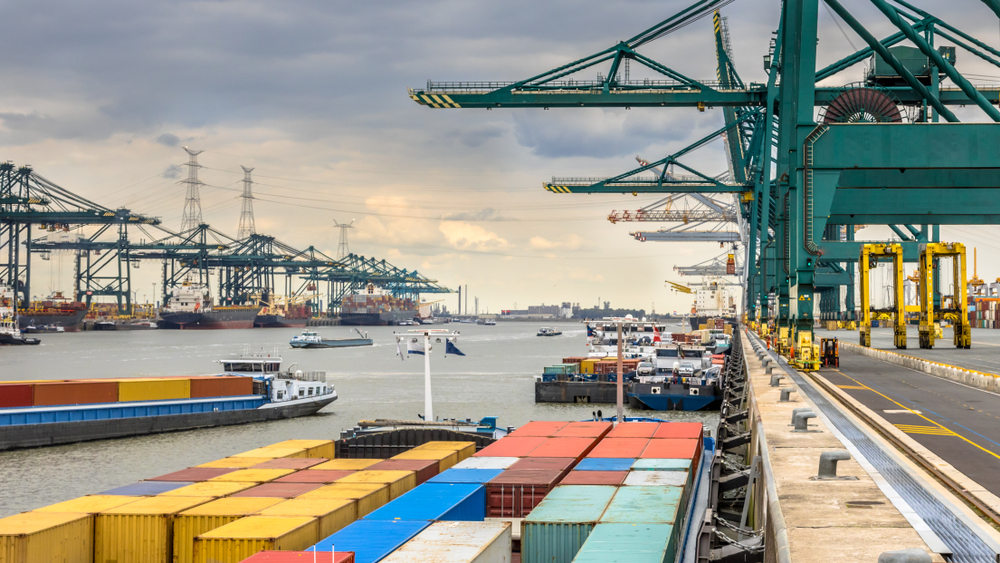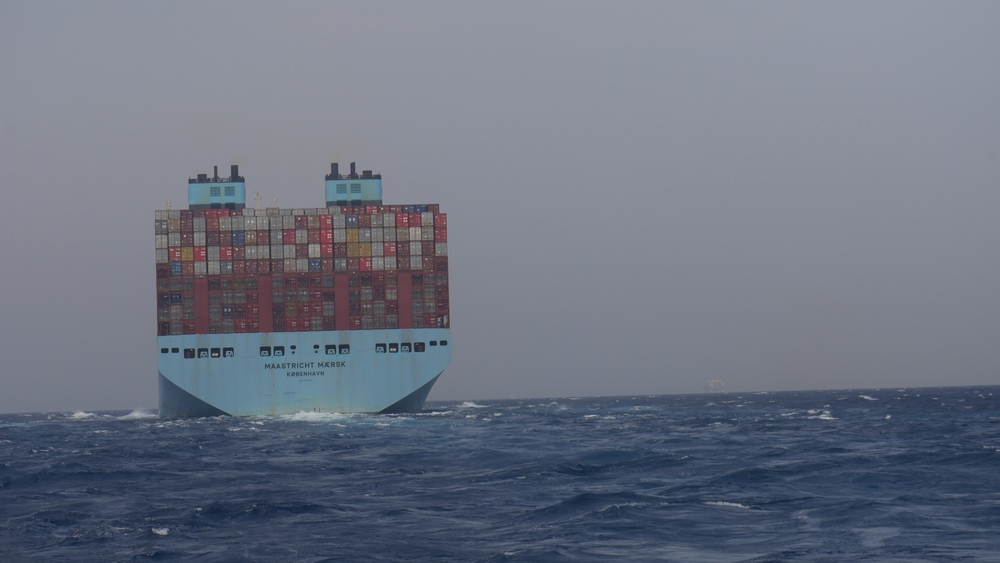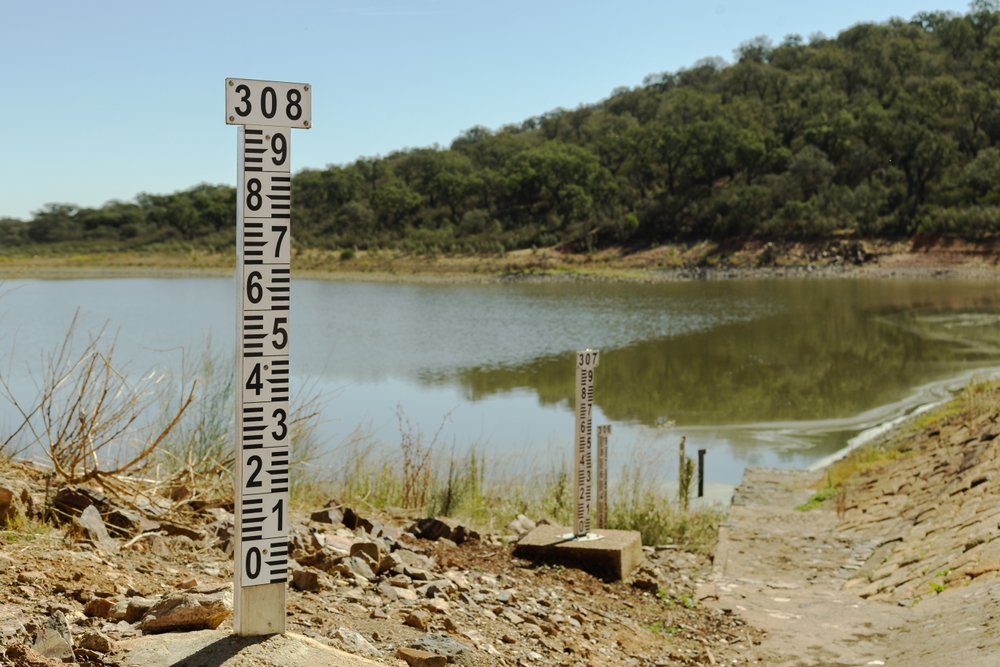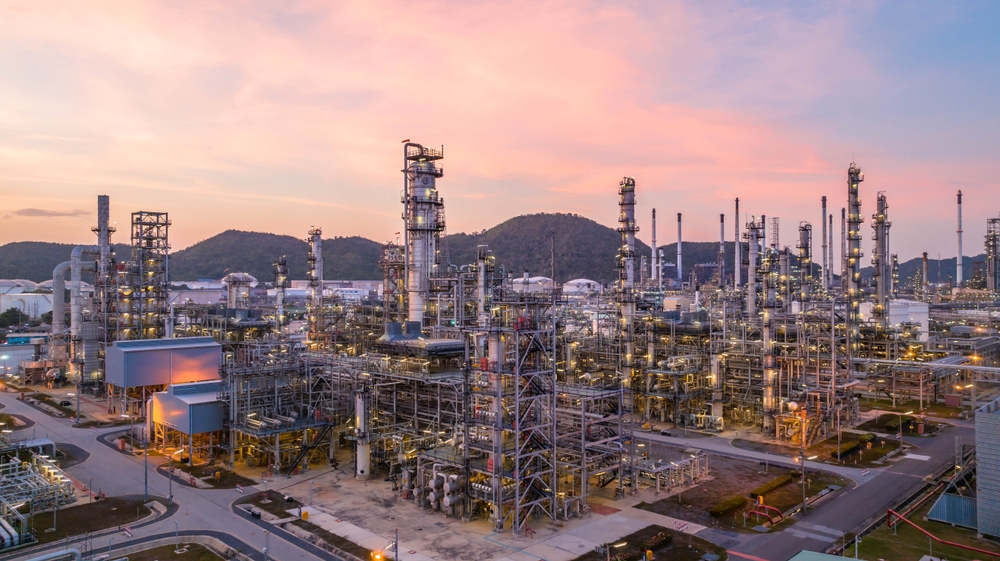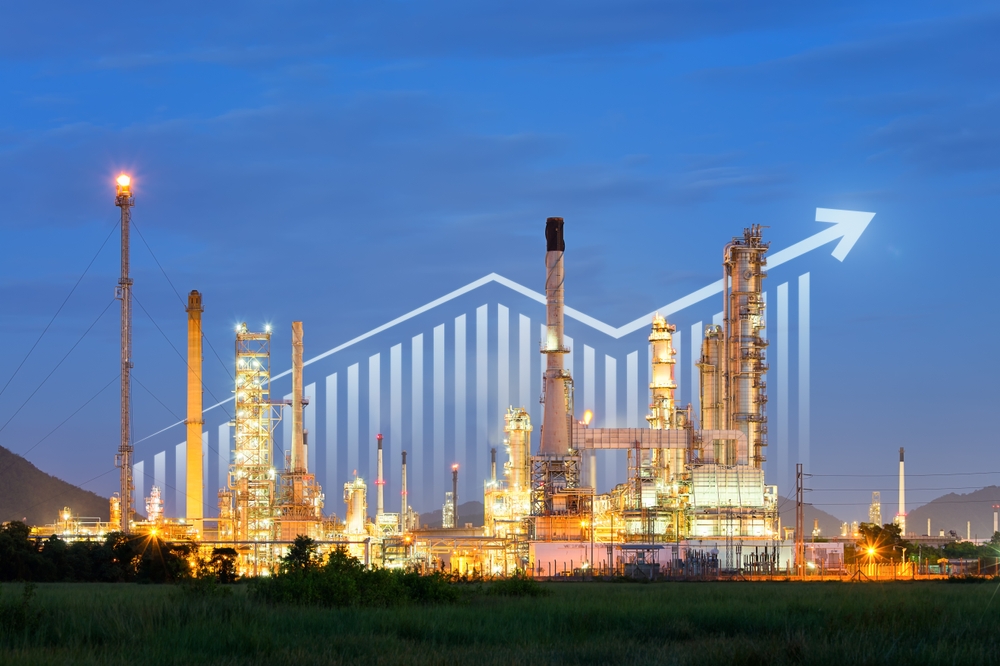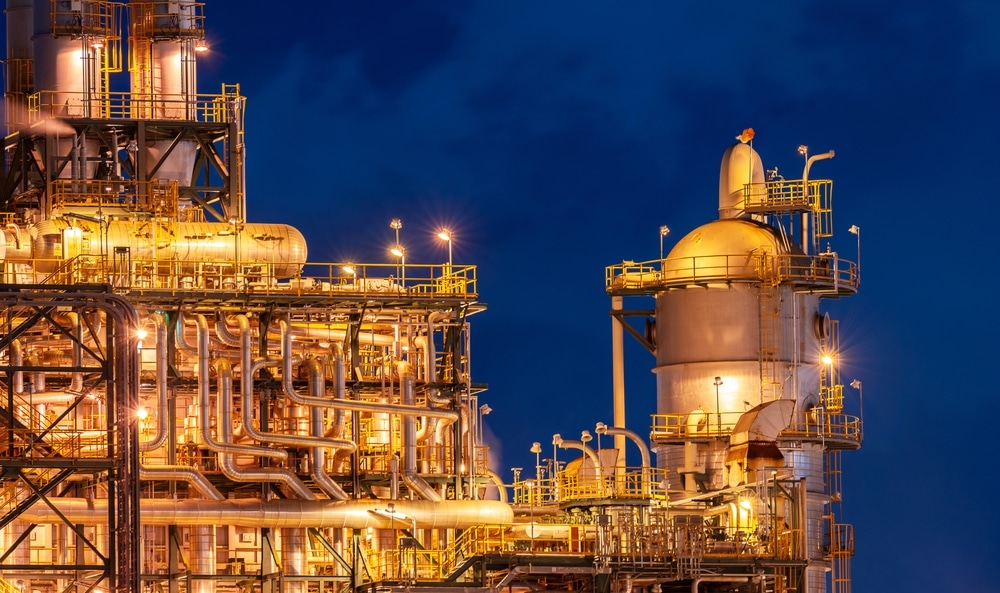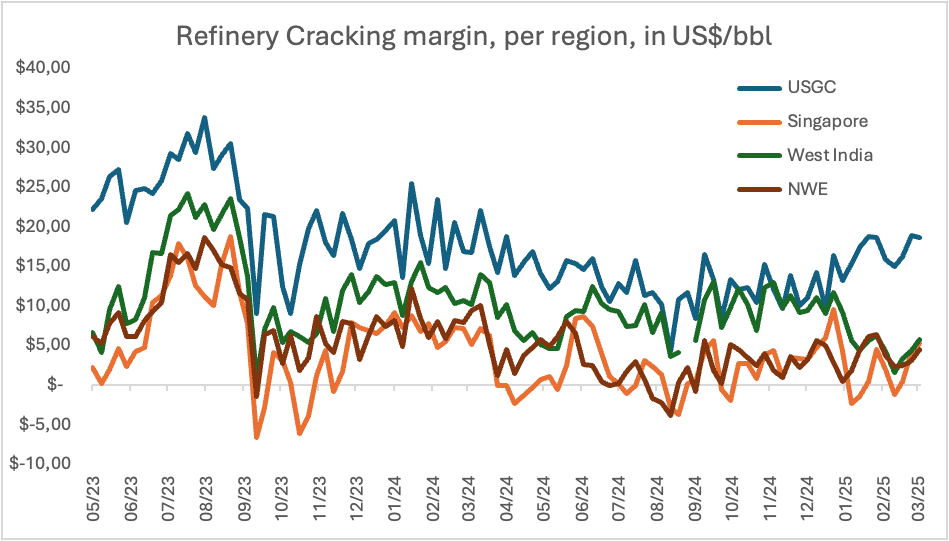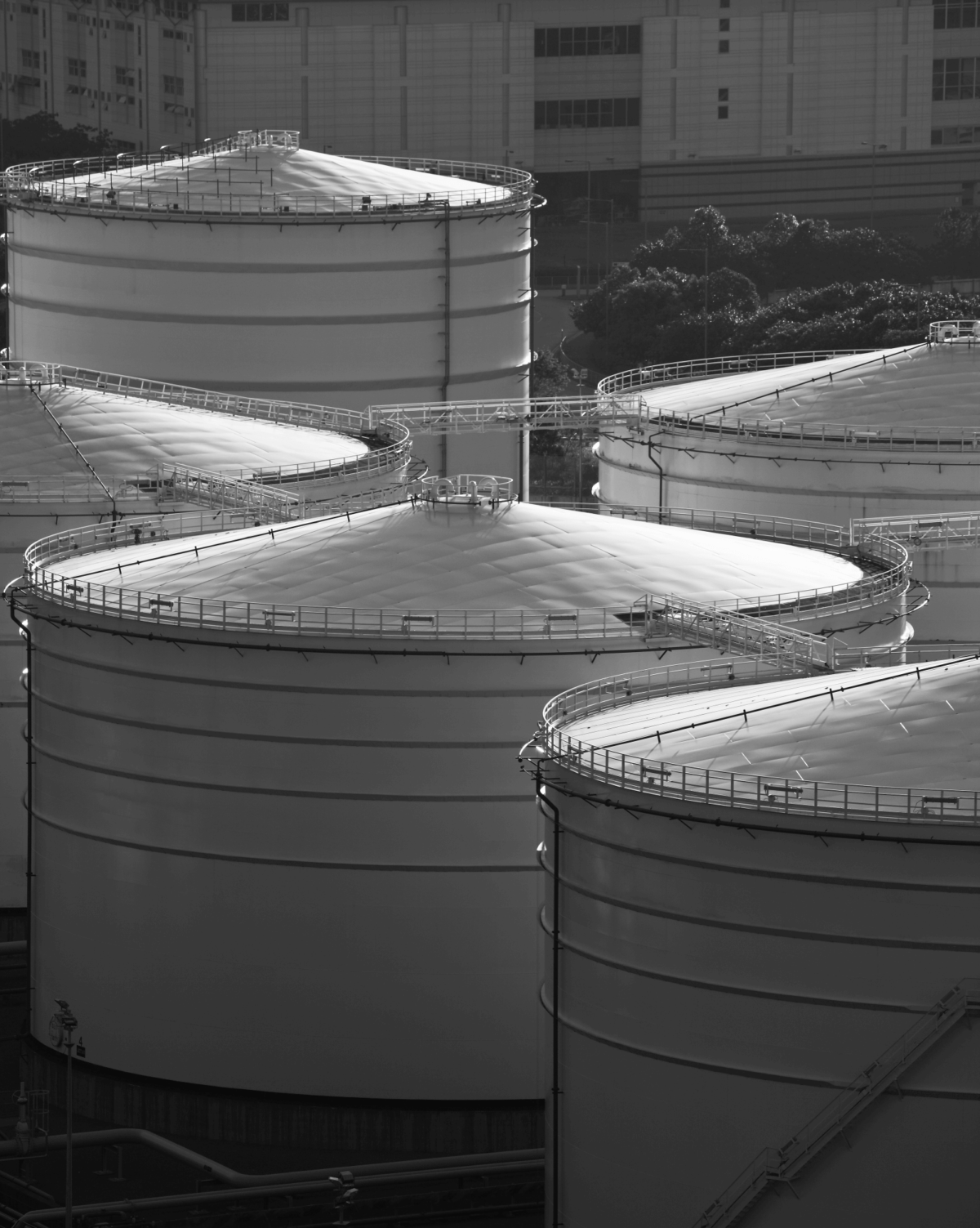In this blog, we will take a close look at five alternative fuel candidates that promise to change the tank terminal landscape as we know it today.
As the world slowly but surely is going into an energy transition, new growth markets for tank terminals are emerging. As the demand for traditional fuels as diesel and gasoline will decline in the coming decades, new liquid bulk alternatives are currently being developed to take their places.
In this blog, we will take a close look at five alternative fuel candidates that promise to change the tank terminal landscape as we know it today.
The road towards sustainability
To meet the ambitious goals set out in the Paris Climate Agreement, signatory governments have pledged to drastically cut emissions of CO2 and other greenhouse gasses and work towards a carbon-neutral economy.
In Europe, sectors like agriculture and industry have since made ample progress in cutting emissions. Yet the transport sector is lagging behind. Considering transport accounts for 23 percent of global CO2 emissions, significant efforts need to be made to reduce the environmental footprint of our trucks, boats, and airplanes.
Thanks to advances in renewable energy sources, such as wind turbines and solar panels, we can generate vast amounts of energy in a sustainable way. The biggest challenge ahead of us is storing that energy for when it’s needed and carrying the energy to where it’s needed.
While battery electric vehicles (BEVs) are considered the preferred solution for short-distance and light vehicles (passenger cars, delivery vans) because of their high energy efficiency, their batteries have a limited energy density compared to traditional fuels. This means that for vehicles with high power demands, such as ocean liners, long-haul trucks, and airplanes, batteries are highly impractical.
Future Fuels
With an energy density that’s comparable to fossil fuels, e-fuels and green hydrogen are poised to play a crucial role in our transition to sustainable mobility. E-fuels are produced by electrolyzing water, creating hydrogen and oxygen. While hydrogen gas in itself is an excellent renewable energy carrier, it can be synthesized further with carbon dioxide or nitrogen into more stable and easier to handle e-fuels. When using electricity from renewable sources and circular carbon dioxide (such as direct capture from the air), net emissions are close to zero.
While this process’s overall energy efficiency is lower than that of chemical batteries used in BEVs, the much higher energy density of e-fuels makes them much better suited for applications with high power demands, like shipping, trucking, and aviation.
Methanol
Feedstocks for methanol are green hydrogen, CO2, and electricity. Traditionally, these kinds of synthesizing processes use fossil fuels for their CO2 source, but they can be made almost carbon neutral by capturing the CO2 from the atmosphere.
As methanol is a liquid and does not need to be compressed or chilled for storage and transport, it’s very suitable as a fuel. The energy density of methanol is relatively low compared to E-diesel and E-kerosine. Still, from an economic point of view (cost per GJ fuel energy), methanol has a lot of potential as a fuel for shipping and trucking operations.
E-Diesel
Like Methanol, E-diesel is also produced from green hydrogen and CO2. A Fischer-Tropsch process is required for the synthesis, with an efficiency of up to 69%. Like methanol, e-diesel is easily stored and transported. No modification is needed for existing diesel vehicles, making e-diesel an excellent replacement for fossil diesel applications.
Ammonia
Synthesized ammonia (NH3) consists of green hydrogen and nitrogen extracted from the atmosphere. The synthesis of hydrogen and nitrogen takes place in a Haber-Bosch reactor and can achieve yields of up to 70%.
Production of ammonia is relatively straightforward and easily scalable, but it has to be stored and transported under either cooled or compressed conditions. This requires relatively large tanks, making ammonia only a feasible option for large ocean-going vessels.
E-Kerosine
With a similar process to E-diesel, E-kerosene is produced by combining hydrogen and CO2 through a Fischer-Tropsch synthesis. Compared to other e-fuels, synthesizing e-kerosine is quite expensive. Still, its high energy density and compatibility with existing jet engines make it the only viable e-fuel for aviation.
(Green) hydrogen
Green hydrogen (H2) is made by electrolyzing H2O (water) using green electricity. As electricity is the ‘main ingredient’ of green hydrogen, it’s an excellent energy carrier to store excess energy production from renewable sources like solar and wind. This way, hydrogen gas can act as a ‘battery’ to store electricity production during off-peak hours (let’s say, a windy and sunny Sunday afternoon).
Because storage and transportation of hydrogen must be done either compressed or cryogenic, it is less suitable for long-haul transport applications like oceanic shipping. However, as green hydrogen is a key feedstock for other e-fuels, its importance to future supply chains for renewable fuels cannot be understated.
What’s next?
It is clear that the transition to sustainable fuel sources will greatly impact the tank storage terminals. That’s why market intelligence should be on the radar of every terminal operator. During our regular Market Update webinars, we offer our expert outlook on supply, demand, and trade flows and their impact on tank storage demand.
Do you want to make sure that you never miss out on important market updates? Sign up for the next webinar today, so that you are better prepared for what tomorrow will bring.

